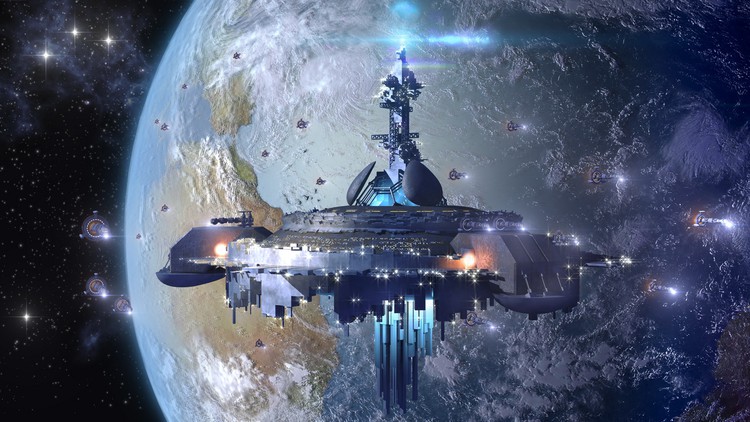
The Fundamentals of OpenGL made-easy
What you will learn
Learn, implement and use different Computer Graphics
Become a better programmer by mastering the Fundamentals of Graphics
Get more confident and be prepared for your next Coding Interview
Learn, implement and use different Shader Algorithms
Get fast and friendly support in the Q&A area
Practice your skills with challenges and assignments (solutions included)
Description
The course Introduction to OpenGL is a captivating exploration into the realm of interactive 3D graphics and computer-generated imagery. Developed with beginners in mind, this course offers a comprehensive foundation in OpenGL, the industry-standard API (Application Programming Interface) for rendering 2D and 3D graphics across various platforms.
OpenGL, short for “Open Graphics Library,” was first introduced in 1992 by Silicon Graphics Inc., and it has since become a crucial tool in the creation of visually stunning applications, video games, simulations, and virtual reality experiences. This course is an entry point for aspiring game developers, computer graphics enthusiasts, and software engineers seeking to harness the power of OpenGL for their projects.
Throughout the course, students will embark on a journey that starts with the fundamental concepts of computer graphics. They will learn about the pipeline of transforming geometric shapes into realistic visual representations on the screen. By understanding vertices, polygons, and transformations, students will lay the groundwork for building complex 3D scenes.
With the basic principles in hand, the course then delves into OpenGL itself. Students will gain hands-on experience using the OpenGL API to create simple 2D and 3D graphics applications. They will master essential rendering techniques, such as shading, lighting, and texturing, to add depth and realism to their visualizations.
‘;
}});
As the course progresses, students will encounter more advanced topics, including optimizations for performance and efficiency, as well as exploring modern OpenGL versions and extensions. Moreover, they will learn how to integrate user interaction through mouse and keyboard inputs, enabling them to craft immersive and interactive experiences.
The practical aspect of the course is emphasized through various coding exercises and projects. Students will have the opportunity to implement their knowledge in real-world scenarios, ensuring they can apply the concepts learned effectively.
By the end of the course, students will have honed their skills in computer graphics programming, enabling them to develop captivating and visually stunning applications. Whether aspiring to work in the gaming industry, virtual reality, or scientific visualization, this course serves as an essential stepping stone towards mastering the art of interactive 3D graphics. So, dive into the world of OpenGL, and unlock the endless possibilities that await you in the realm of 3D creativity.
